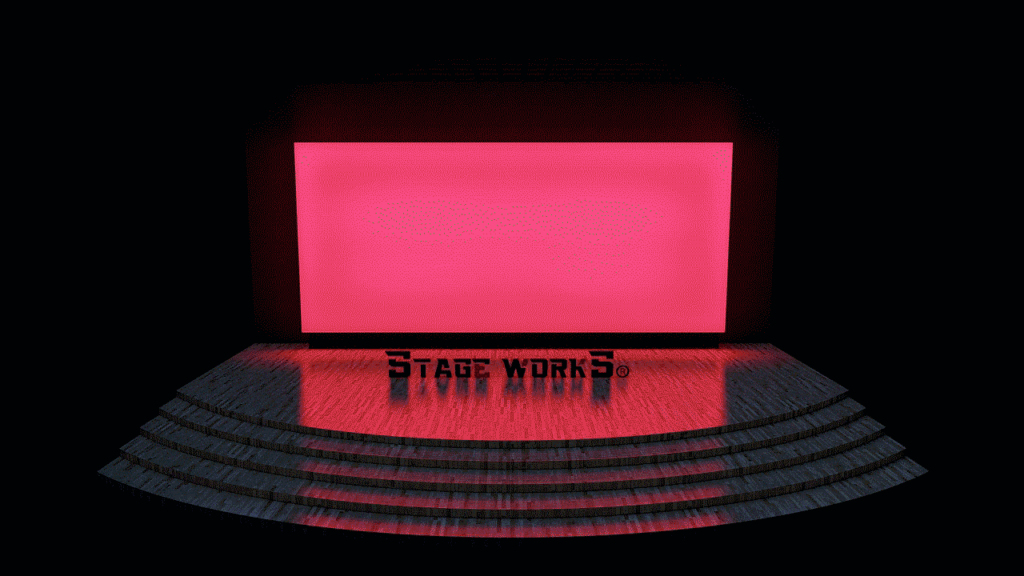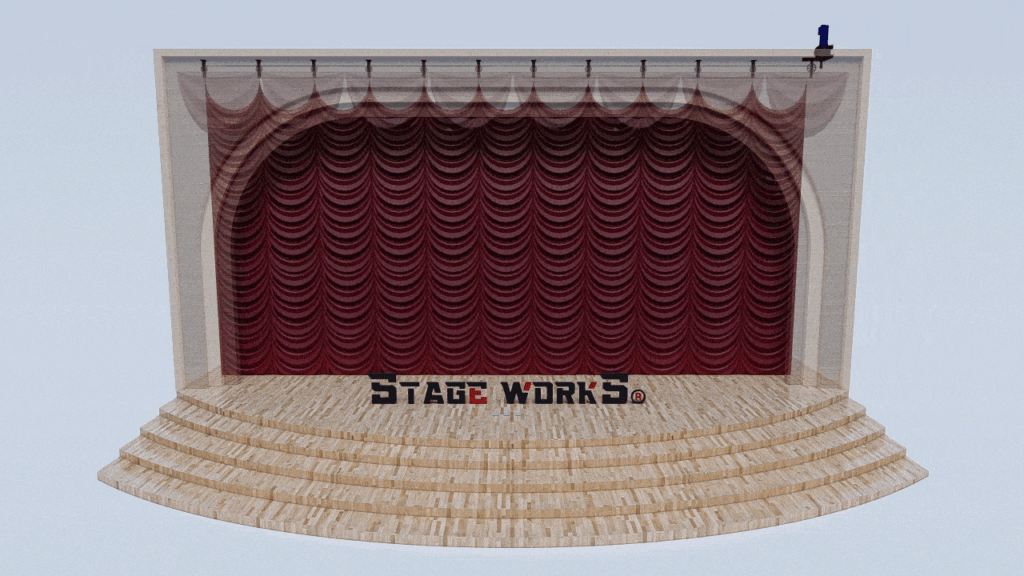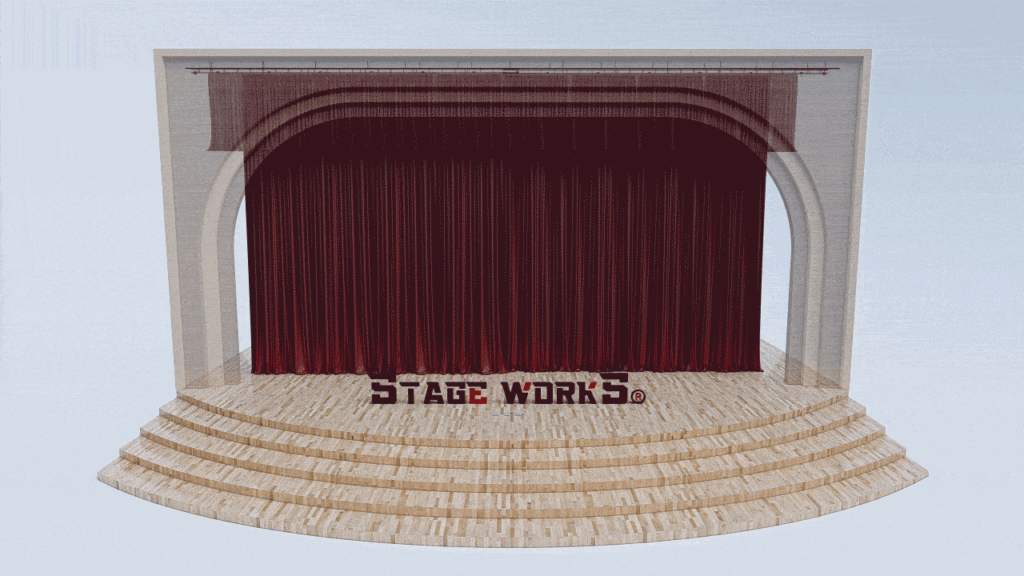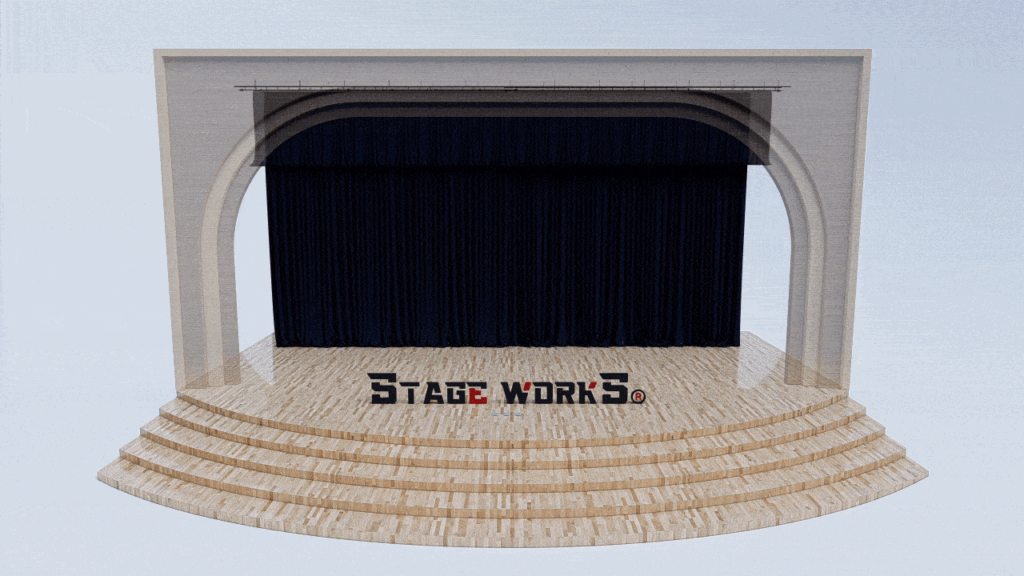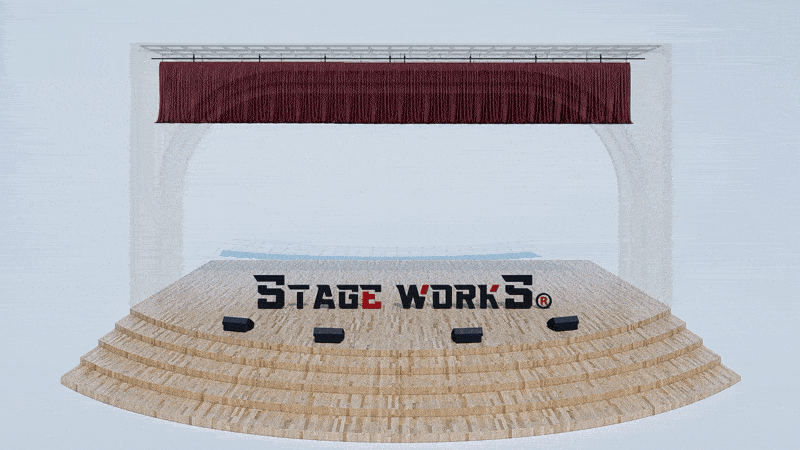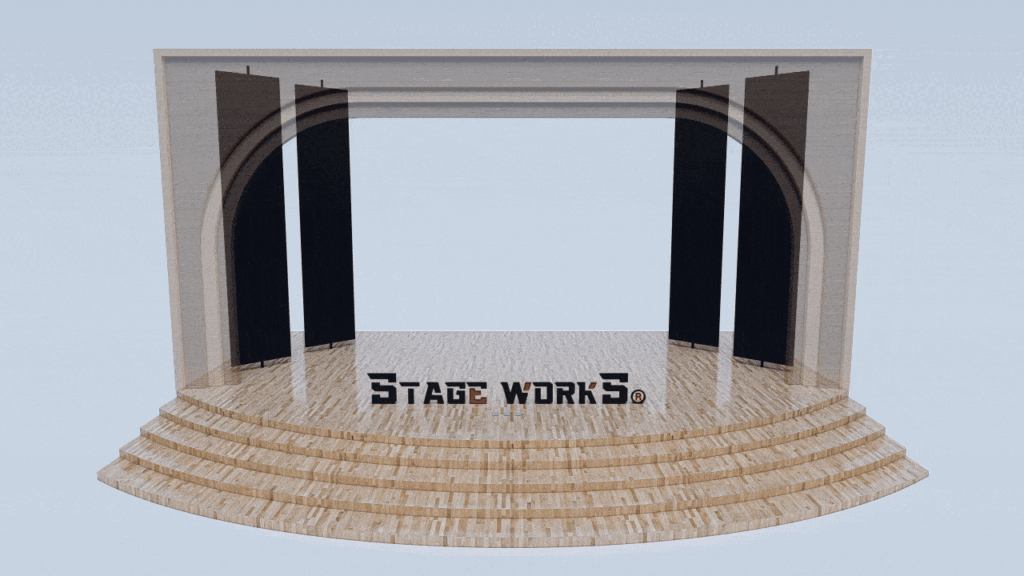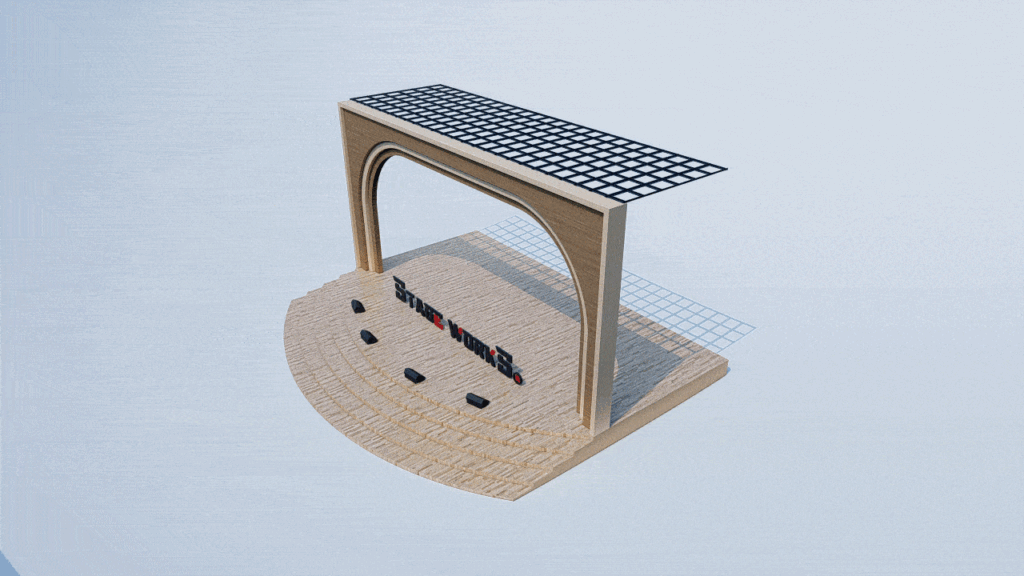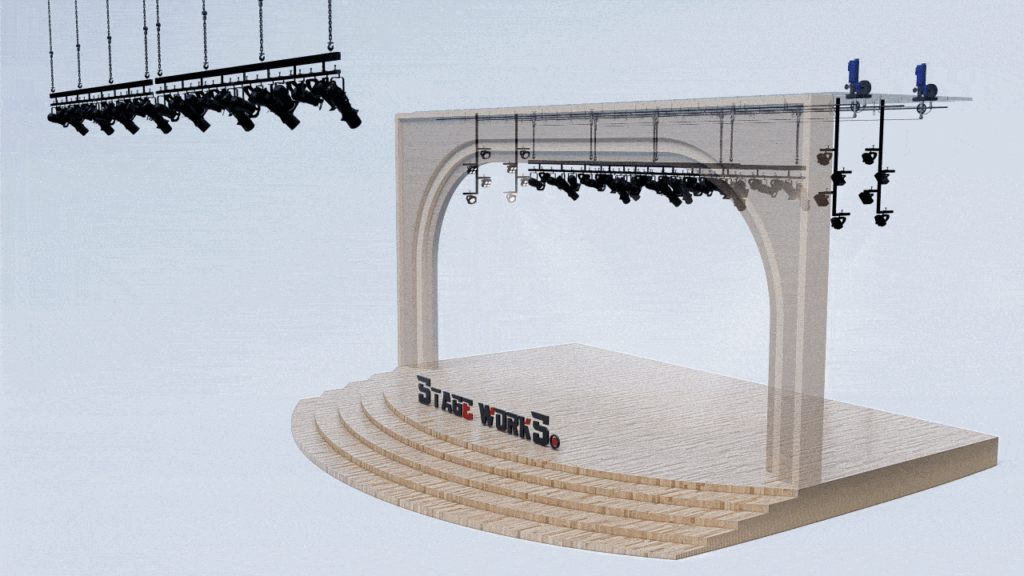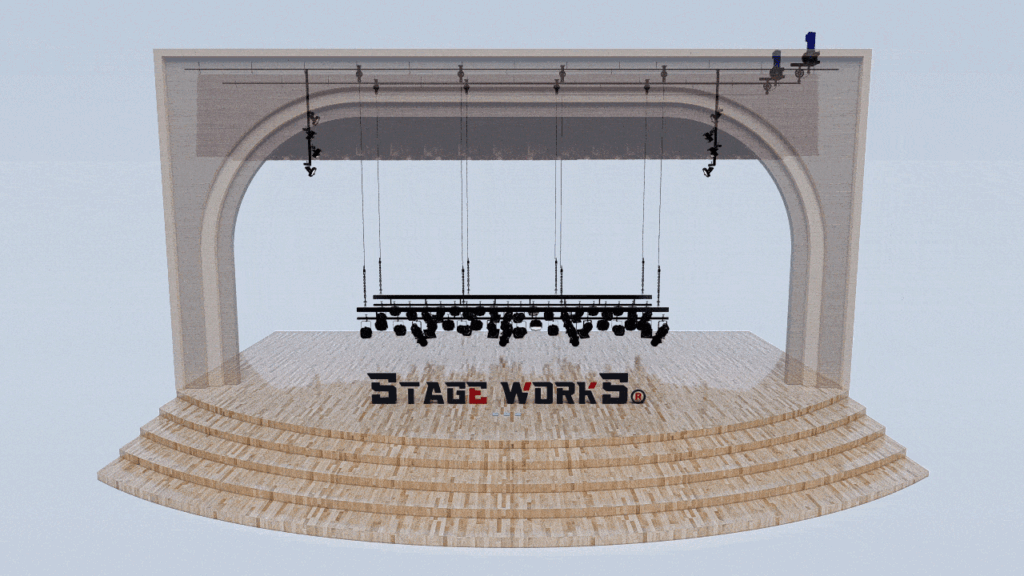Design Your Perfect Stage Curtain in Minutes
Choosing the Right Fabric: A Foundation for Success
The fabric you select is paramount. It dictates not only the aesthetic appeal of your stage curtain but also its functionality and longevity. Consider these key factors:
* **Weight and Drape:** Heavier fabrics like velvet create a luxurious, opulent look and excellent sound absorption, ideal for masking backstage noise. Lighter fabrics like muslin offer a more delicate feel, often preferred for dance performances or productions requiring quick changes.
* **Opacity:** Do you need a blackout curtain for complete light control, or something more translucent for a softer ambiance? The level of opacity directly impacts the overall mood and functionality of your performance.
* **Texture and Sheen:** From the subtle shimmer of satin to the rich texture of brocade, fabric choices directly influence the visual impact. Consider the theme and style of your productions when selecting textures and sheens.
* **Maintenance:** Some fabrics are easier to clean and maintain than others. Practicality plays a significant role – especially in high-usage venues.
Color and Design: Setting the Stage
The color and design of your curtain significantly contribute to the overall atmosphere.
* **Color Psychology:** The impact of color on mood is undeniable. Rich jewel tones project elegance and sophistication, while vibrant hues energize and excite. Consider the emotional tone you wish to establish before selecting a color palette.
* **Patterns and Prints:** Custom-printed curtains offer limitless design possibilities. From subtle patterns that complement the setting to bold, attention-grabbing designs, printed curtains allow you to truly personalize your stage.
* **Embellishments:** Consider adding embellishments like fringe, tassels, or decorative borders to enhance the visual appeal and create a unique look.
Measuring for Success: Precision is Key
Accurate measurements are crucial for a perfect fit. Improper measurements can lead to frustrating adjustments and potentially damage your stage or curtain.
* **Stage Dimensions:** Accurately measure the width and height of your stage opening, factoring in any architectural features that might impact the curtain’s installation.
* **Hanging System:** Consider the type of curtain track or hardware you’ll be using and ensure your measurements account for the necessary clearances.
* **Professional Guidance:** If you’re unsure about any aspect of the measuring process, seek professional assistance to avoid costly mistakes.
Hardware and Installation: The Finishing Touch
The right hardware ensures smooth operation and longevity.
* **Track Systems:** Choose a track system that suits your needs and budget. Options range from simple rope-and-pulley systems to motorized tracks for effortless operation.
* **Installation:** While some installations are DIY-friendly, more complex setups might benefit from professional installation for a seamless and reliable outcome.
* **Maintenance and Care:** Regular maintenance extends the life of your stage curtain and hardware.
Budgeting and Timeline: Planning Your Project
Set a realistic budget and timeline from the outset to avoid any unexpected delays or expenses.
* **Material Costs:** Factor in the cost of fabric, hardware, and any embellishments you plan to include.
* **Labor Costs:** If you’re hiring professionals for installation or custom design, include their fees in your budget.
* **Timeline:** Allow ample time for fabric selection, production, and installation, especially for custom-designed curtains.
By carefully considering these factors, you can design your perfect stage curtain and bring your creative vision to life. Contact StageCurtains.in today to discuss your project and explore the possibilities.



